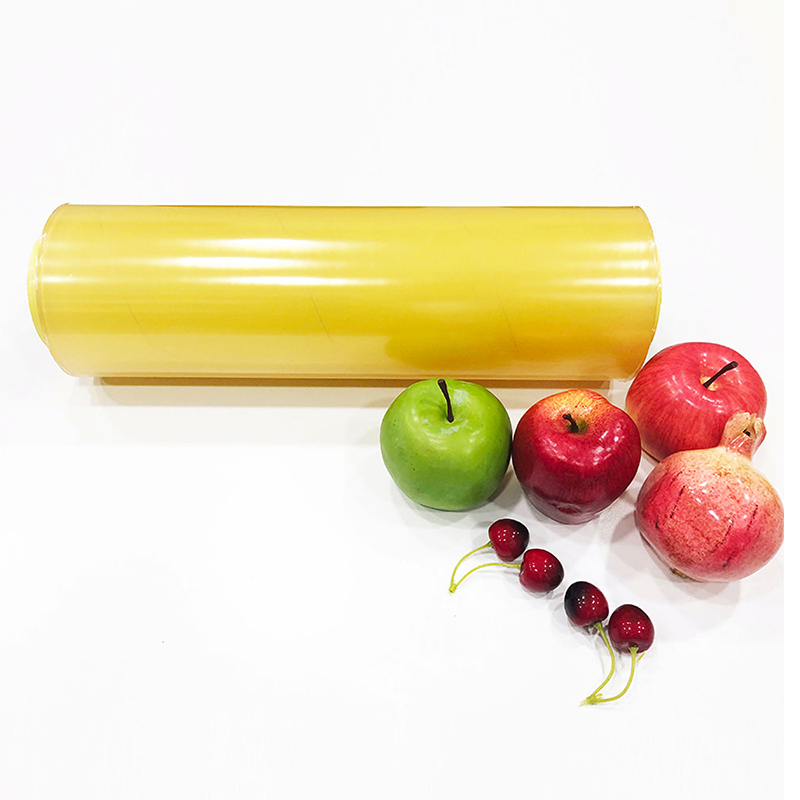Views: 0 Author: Site Editor Publish Time: 2025-03-27 Origin: Site









Are you worried about how upcoming regulatory changes could affect your packaging processes? This guide explores how regulatory shifts are influencing packaging tape standards and provides actionable insights for businesses to stay ahead of these changes.
The packaging industry is evolving rapidly as new regulations push for stronger, more durable, and more environmentally friendly packaging solutions. With a focus on reducing waste and enhancing sustainability, these changes are impacting packaging tape standards worldwide. Let’s dive into how these regulations are shaping the future of packaging tape.
The need for stronger and more reliable packaging tape comes from two main concerns: product damage during transit and environmental sustainability. With consumer demand for safer packaging and global pushes to reduce plastic waste, regulatory bodies are introducing new standards for tape strength, adhesion, and durability.
In 2025, proposed regulations could require packaging tape to meet higher tensile strength requirements and use adhesives that are more eco-friendly. These changes are designed to reduce shipping damage and ensure packaging waste is minimized, making the product safer and more sustainable.
Many traditional packaging tapes are made with synthetic materials that contribute to environmental harm, such as microplastic pollution. As governments and regulatory bodies push for greener alternatives, packaging tape manufacturers are being encouraged to switch to biodegradable or recyclable materials. In addition, the growing emphasis on reducing plastic waste has prompted stricter regulations on tape composition.
Proposed regulations for 2024 require packaging tape to use materials that are not only more durable but also sustainable. This shift will encourage manufacturers to adopt more eco-friendly solutions, such as plant-based adhesives, and reduce harmful chemicals found in traditional tape products.
Lower Environmental Impact:
Eco-friendly packaging tape uses biodegradable adhesives and materials, which significantly reduces the amount of waste and harmful chemicals released into the environment. By opting for these sustainable solutions, companies can decrease their overall environmental footprint, support recycling efforts, and help conserve resources, aligning their operations with global sustainability objectives.
Enhanced Brand Image:
As consumer demand for eco-friendly products grows, brands that prioritize sustainability are more likely to attract loyal, environmentally-conscious customers. By using sustainable packaging tape, companies not only improve their brand perception but also demonstrate their commitment to responsible practices. This shift can lead to greater customer trust, better market positioning, and enhanced reputation in the competitive landscape.
Regulatory Compliance:
With environmental regulations becoming more stringent, businesses must ensure their packaging meets current sustainability standards. Using sustainable packaging tape helps companies stay ahead of regulatory changes, minimizing the risk of non-compliance and costly fines. By proactively adopting eco-friendly alternatives, businesses can avoid disruptions and demonstrate their long-term commitment to environmental responsibility.

Stay Informed:
Stay current on regulatory updates from governing bodies like the EU and other international organizations. Engage in industry forums and subscribe to newsletters to ensure you're aware of the latest changes and guidelines.
Evaluate Current Products:
Assess existing packaging tape products to verify that they meet the new durability, strength, and material standards. Conduct tests against the proposed specifications to identify any gaps or areas for improvement.
Invest in Research and Development:
Focus on innovation by developing stronger and more eco-friendly tape solutions. Explore new adhesives and materials that comply with upcoming regulations, aiming for both enhanced performance and sustainability.
Collaborate with Suppliers:
Work closely with your suppliers to source materials that are both sustainable and compliant with new regulations. Building strong partnerships ensures a steady supply of compliant, high-quality materials.
Create Compliance Strategies:
Develop a clear compliance strategy to implement the necessary changes efficiently. This should include training employees, updating production processes, and preparing for smooth transitions once the regulations are enforced.
As the packaging industry adapts to new regulatory changes in 2025, it’s crucial for businesses to stay proactive in preparing for stronger, more sustainable packaging tape standards. By investing in R&D and ensuring compliance with new regulations, companies can not only avoid potential disruptions but also position themselves as leaders in sustainability. Embrace the change now to secure a competitive edge in the evolving packaging landscape.
Stay ahead of regulatory shifts—start preparing your packaging tape solutions today and ensure compliance for a sustainable tomorrow.
1. How do these regulations impact the materials used in packaging tapes?
The new regulations push manufacturers to use more sustainable and non-toxic materials in packaging tape production. This includes a shift towards biodegradable, recyclable, or renewable materials, and the development of adhesives that meet stringent environmental standards.
2. How are packaging companies preparing for these regulatory changes?
Packaging companies are evaluating their current products, conducting tests to ensure they meet new standards, and investing in research and development to create stronger, more eco-friendly tape options. They are also collaborating with suppliers to ensure a consistent supply of compliant materials.
3. How do these regulatory changes affect packaging tape performance?
Regulatory changes are pushing for better performance standards, ensuring that tapes are more durable and reliable. This may result in the development of stronger adhesives and materials that maintain quality even in harsh environments, reducing the need for frequent replacements.
4. Will packaging tape prices increase due to these regulatory changes?
The shift to more sustainable materials and advanced technologies may increase production costs initially. However, as companies streamline their processes and adopt new materials at scale, prices may stabilize over time. Additionally, consumers and businesses may see value in paying a premium for eco-friendly, high-performance tapes.
5. How do these changes impact the consumer experience?
Consumers are increasingly aware of sustainability and environmental issues. As packaging tapes comply with these new standards, customers can expect packaging that is not only stronger and more reliable but also more environmentally responsible. This aligns with growing consumer demand for eco-friendly products.